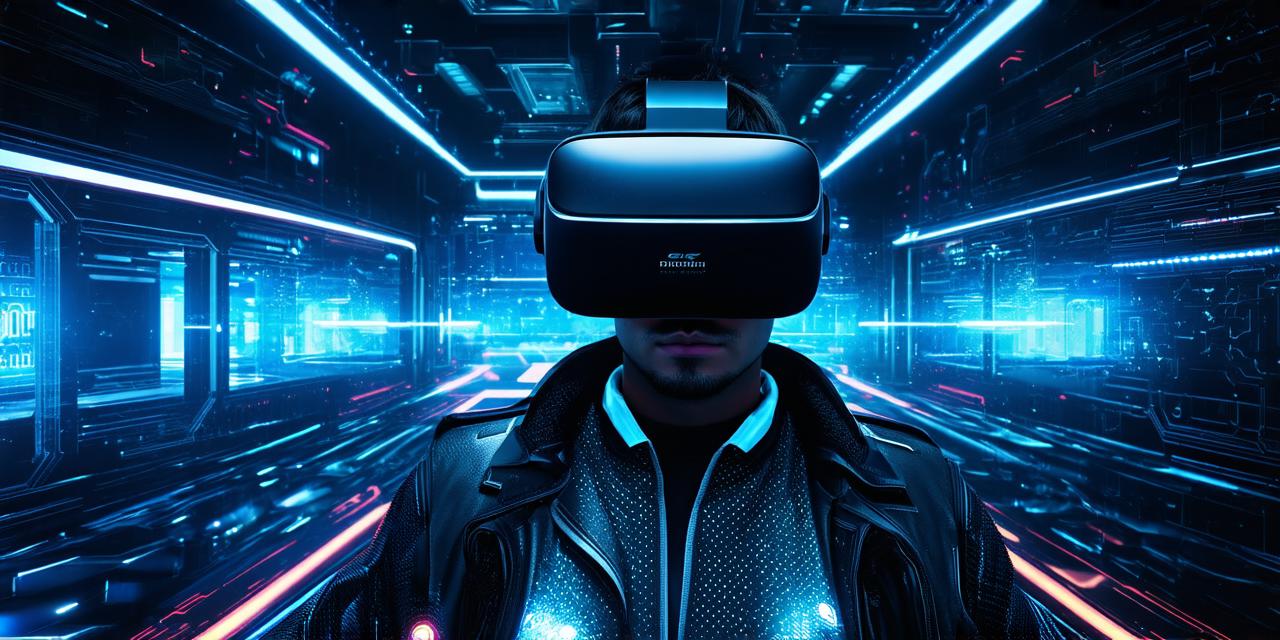Virtual reality (VR) is a rapidly growing industry that offers a unique gaming experience to players. The technology behind VR games allows for immersive and interactive experiences that can transport players into different worlds and environments.
What is Virtual Reality?
Virtual reality is a technology that creates an artificial environment that simulates real-world experiences. This technology can be experienced through the use of specialized headsets, sensors, and other devices that track the movement of the player’s body in real-time. VR games are designed to create a sense of immersion by surrounding players with a 360-degree environment that responds to their movements.
The Key Components of VR Games
To create an engaging and immersive VR game, developers need to consider several key components. These include:
- Movement tracking: VR games require accurate movement tracking in order to create a realistic and responsive environment.
- Content creation: Creating compelling content for VR games requires a deep understanding of the technology and its capabilities. Developers need to consider factors such as lighting, textures, and sound in order to create a believable environment.
- Input devices: Players interact with VR games using specialized input devices such as hand controllers, gloves, or other devices that track the player’s movements.
- User experience (UX): The UX of a VR game is critical to its success. Developers need to consider factors such as ease of use, navigation, and feedback in order to create an engaging and enjoyable experience for players.
The Benefits of Virtual Reality Gaming
Virtual reality gaming offers several benefits to both developers and players. These include:
- Increased immersion: VR games can transport players into a completely new world, allowing them to experience things they may never have the opportunity to see in real life.
- Improved interaction: VR games allow for more intuitive and natural interactions with the game world. Players can engage with objects and environments in a way that feels more authentic, leading to a deeper sense of immersion.
- Enhanced creativity: Virtual reality gaming allows developers to explore new ways of storytelling and game design. The technology offers unique opportunities for players to interact with the game world in new and innovative ways.
- Accessibility: VR games can be enjoyed by people of all ages and abilities, making them an inclusive form of entertainment.

The Challenges of Virtual Reality Gaming
While virtual reality gaming offers many benefits, there are also several challenges that developers face when creating these games. These include:
- Motion sickness: Motion sickness can be a common issue for players when using VR technology. Developers need to consider factors such as frame rate and movement speed in order to reduce the risk of motion sickness.
- Limited hardware: Virtual reality technology is still relatively new, and there are currently limitations on the hardware available for VR gaming. This can make it difficult to create games that are both immersive and visually appealing.
- Cost: Developing VR games can be expensive, particularly when considering the cost of specialized equipment such as headsets, sensors, and input devices.
- User adoption: While virtual reality technology is growing in popularity, there is still a limited market for VR games. Developers need to consider whether the potential rewards justify the costs and challenges involved in creating VR games.
Case Study: “Beat Saber” by Beat Games
Beat Saber is a popular VR game that allows players to slash through blocks using lightsabers synchronized to music. The game has been praised for its engaging gameplay and immersive environment.
To create the game, the developers at Beat Games used several key techniques. These include:
- Movement tracking: Beat Saber uses advanced movement tracking technology to accurately track the player’s movements in real-time. This allows for a highly responsive and realistic gameplay experience.
- Content creation: The game’s visually stunning environments and dynamic soundtracks were created with careful attention to detail, resulting in an immersive and engaging game world.
- Input devices: Players interact with the game using hand controllers, which allow for natural and intuitive interactions with the game world.
- UX: The game’s user interface was designed to be easy to use and highly intuitive, allowing players to quickly jump into the game and start playing.
FAQs
Here are some frequently asked questions about virtual reality gaming:
1. What equipment is needed to play VR games?
To play VR games, you will need a specialized headset such as an Oculus Rift or HTC Vive, as well as sensors and input devices that track your movements in real-time.
2. Is motion sickness common with VR games?
Yes, motion sickness can be a common issue for players when using VR technology. However, developers can take steps to reduce the risk of motion sickness by considering factors such as frame rate and movement speed.
3. How expensive are VR games?
The cost of developing VR games can be high due to the specialized equipment and hardware required. However, there are also many free and low-cost VR games available for players.
4. What is the future of VR gaming?
Virtual reality technology is constantly evolving, and it is likely that we will see new developments in VR hardware and software in the coming years. The future of VR gaming is likely to be shaped by advancements in motion tracking technology and the development of more immersive and interactive game worlds.
Summary
Virtual reality games offer a unique and engaging gaming experience that can transport players into new worlds and environments. However, developing VR games requires a deep understanding of the mechanics involved, as well as several key components such as movement tracking, content creation, input devices, and UX design. While there are challenges to creating VR games, these can be overcome with careful planning and attention to detail. The potential rewards of creating engaging and immersive VR games make them an exciting area for developers to explore.
